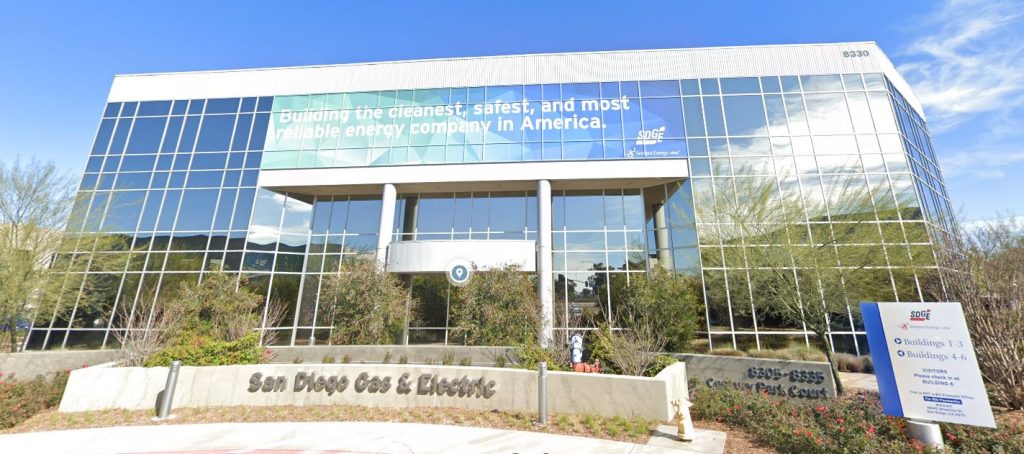sunwarriors
Active Member
Better yet, get the cost of electricity under control in California so it is cheaper for everyone.
This part is simply impossible because their income is tied directly to spending on infrastructure projects. I think they are guaranteed 10% profit of a project. Sorta like building a bridge to nowhere, there will always be a desire to build something if your livelihood is tied to it. This is impossible to alter I think in it's current state.
I didn't see the exact %, but it's clearly tied to building more infra. Will we ever see/deploy things that are beneficial, but not tied to an IOUs bottom line?:

SDG&E Is Making More Money Than Ever – Here’s Why
On Sunday’s Union-Tribune front page, reporter Rob Nikolewski wrote how and why SDG&E is making more money than ever. But it’s a “subscriber only” piece, and we’re…
IOUs ideally should be compensated based on some other factors in the future. Using less energy, higher conservation, smart energy usage/deployment. None of those factors help their bottom line so it's probably never going to happen unless we have major structural changes which doesn't seem to be on the table.


